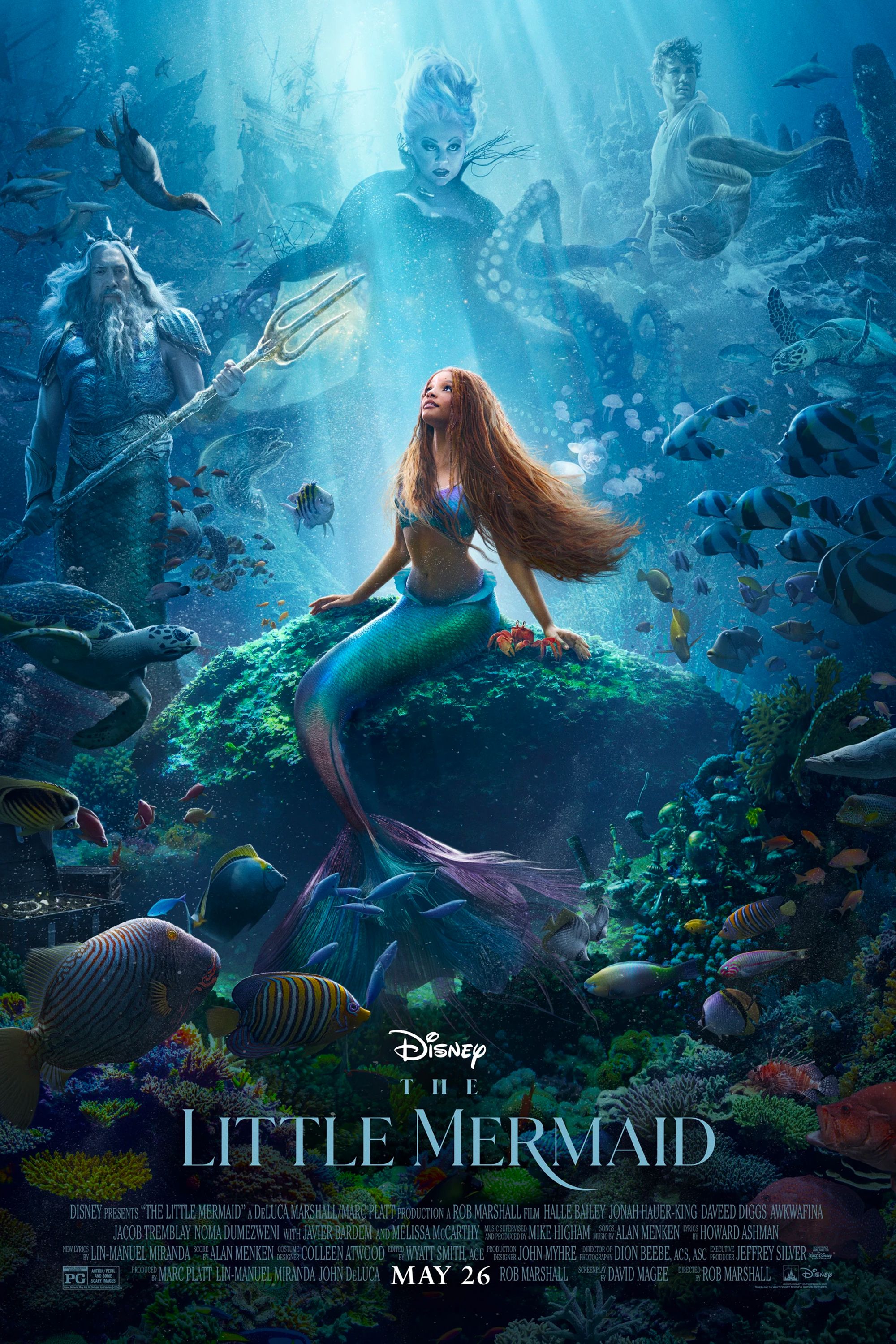The Little Mermaid director Rob Marshall explains that he doesn’t want the technical side of the movie to overshadow what he feels are the more important elements of the live-action project. The Halle Bailey-led remake of the 1989 animated classic of the same name features a sea of underwater visuals and settings. This includes the heavy use of CGI throughout the movie, in particular for underwater scenes.
Speaking to Deadline, Marshall expresses how he doesn’t want discussion of the live-action Little Mermaid remake to center around its technical aspects. Instead, he asserts the story and characters are the most important element of the movie and should be focused on more. Check out what Marshall had to say below:
As technically challenging as this film was…it was the most challenging of my career and I certainly couldn’t have done it without having done all the films I’d done date…I really didn’t want the technical aspect of the film to lead it. I didn’t want people to see that. I wanted to make it feel seamless. So the most important thing is the emotion, the story, the characters, the acting. That had to lead the film so that you’re invested in it. Otherwise, who cares, because it would be a technical exercise.
The Little Mermaid Visuals Criticisms Explained
Many criticisms have been lobbed at the live-action remake of The Little Mermaid in recent weeks. While some have criticized the film for dim lighting or unconvincing CGI, one major critique has been the realistic portrayal of animal characters such as Sebastian and Flounder. Recently, Flounder actor Jacob Tremblay defended the character’s redesign, saying it works with what the Little Mermaid remake is going for.
Marshall makes a compelling argument that, without an engaging story and characters, The Little Mermaid wouldn’t be as memorable an experience. Given how the film will be making changes to certain character arcs and feature divisive lyric changes to The Little Mermaid‘s original songs, it’s clear the live-action remake is hoping to have its own identity. To do so successfully, The Little Mermaid needs to ensure its story will captivate audiences in a new yet familiar way.
However, the visual design of a film is just as important to keeping audiences engaged, even if the story and characters are strong. Given just how controversial the realistic designs of Flounder and Sebastian have been, some viewers may not be able to separate a compelling story from technical choices they don’t like. However, since The Little Mermaid won’t swim into theaters until May 26, it remains to be seen how its technical elements impact global audience experiences.
Source: Deadline
Key Release Dates
This story originally appeared on Screenrant


